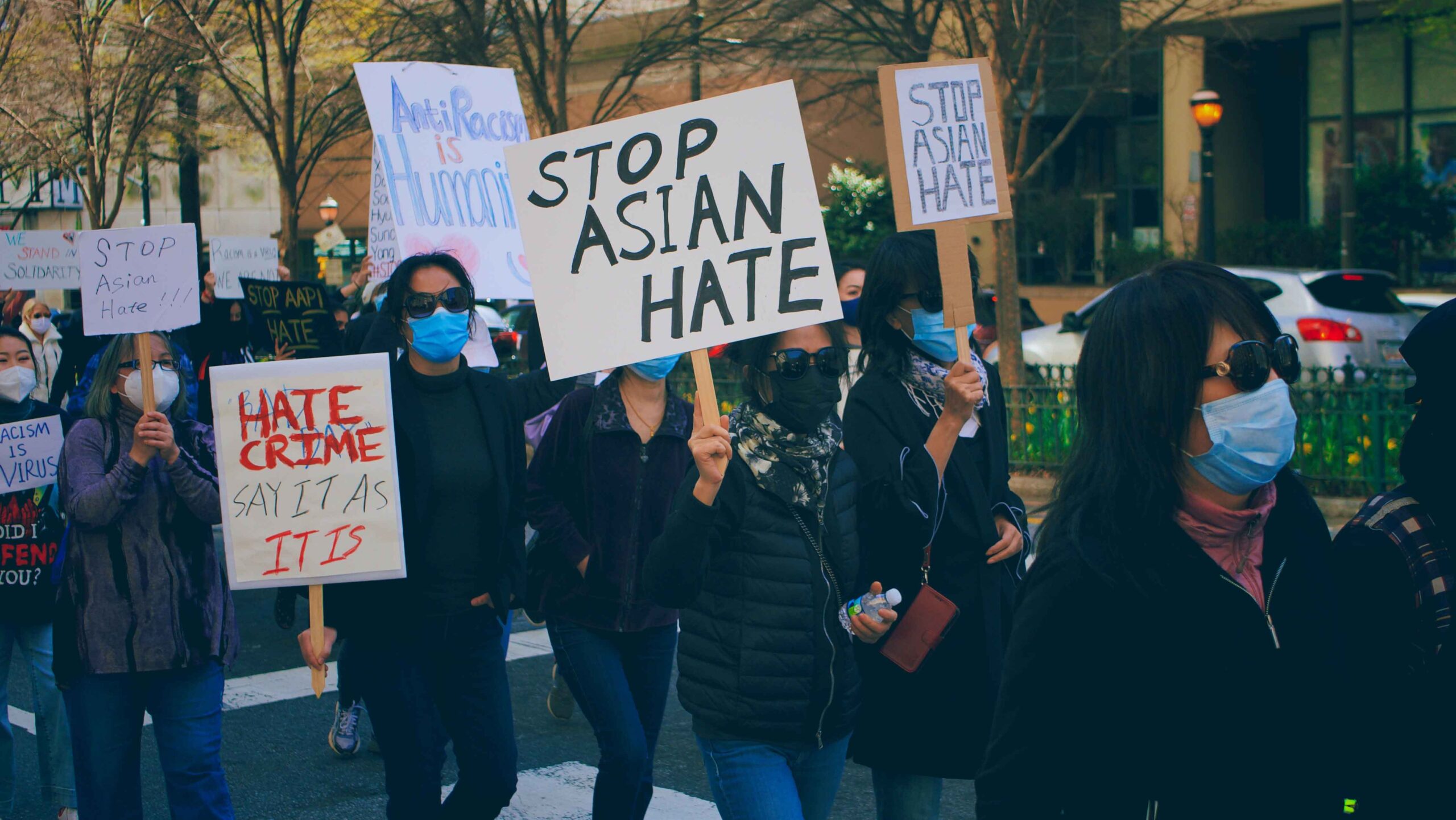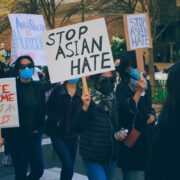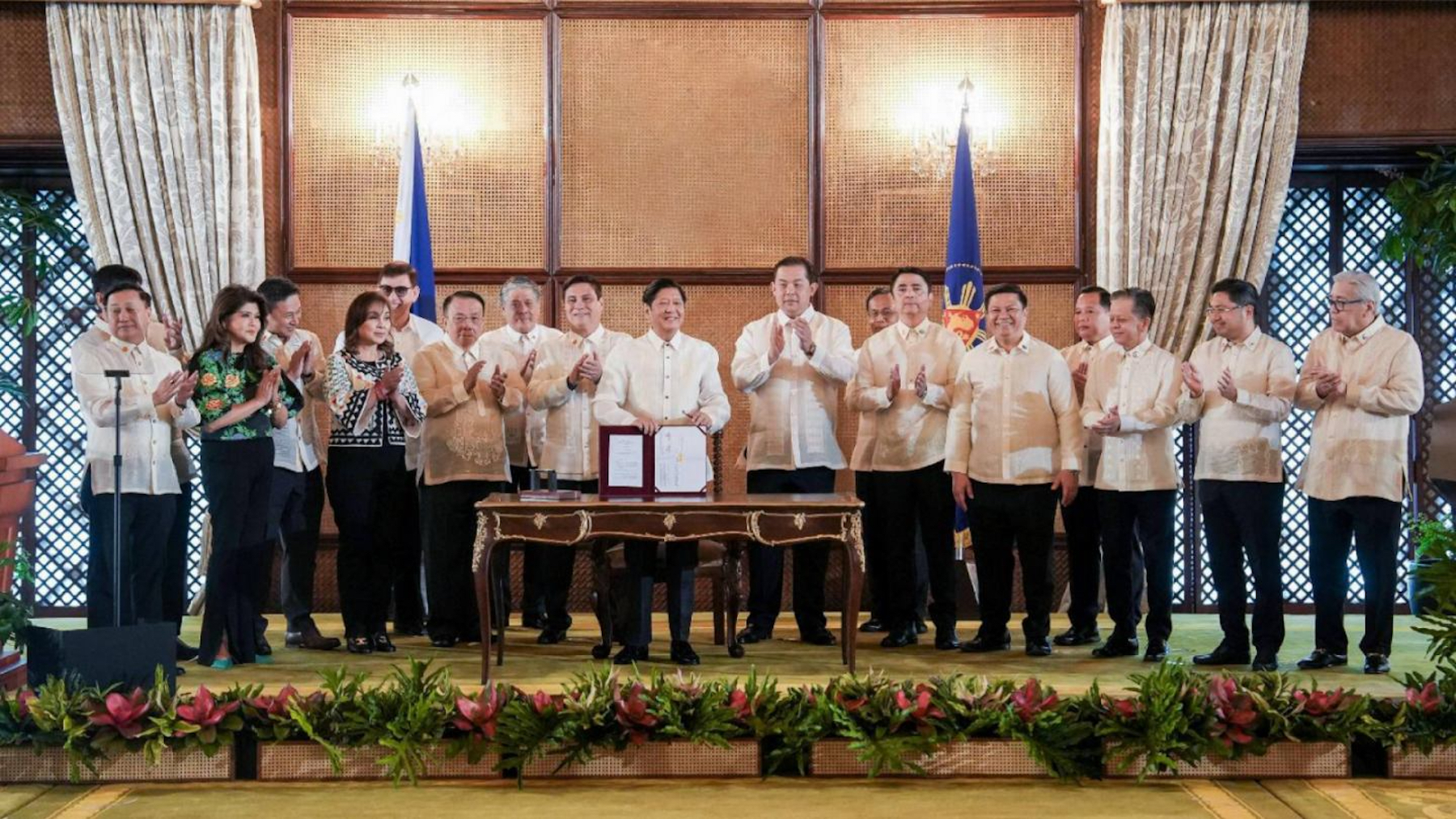
ASIAN Americans, including the Filipino American community, have been experiencing an increase in reports of violent attacks against their members since the start of the COVID-19 pandemic last year.
From an elderly Filipino man getting his face slashed from cheek to cheek while riding the subway, to a teenager getting shot in the face at a car stunt show, to a female immigrant getting knocked down and kicked in the head several times in New York, the incidents have been harrowing and traumatizing.
When will it end? How do we stop this hate?
In a webinar hosted by Asia Society Philippines on Tuesday, April 20 (Manila time), distinguished Filipino Americans shared their insights on what it means to be an Asian American and discussed the ways to stop the anti-Asian discrimination in the United States.
“Being Asian American makes you feel like you’re in a sort of purgatory,” said Stella Abrera, former principal dancer at the American Ballet Theater.
“As an American, I can’t ever just say I’m an American. I always have to have that qualifier of being Asian American. And then, on the flipside, I feel like the country of my heritage will always think of me as not quite Filipino enough because I’m American. There was always a sense of not quite knowing what exactly my identity is,” she added.
For actor and author Dante Basco, who grew up in mostly Black and Latino neighborhoods outside of San Francisco, there was an awareness that he and his neighbors were minorities.
“We knew for sure that we’re not white,” he said. “There’s that…underlying racism that goes on that all people of all color in America are aware of every single day of our lives.”
“I’ve never thought I was white ever. There is the assimilation of my grandparents coming over from World War II, and assimilating into American culture — assimilating but also knowing that you’re not white, you’re never going to be white, you’re not going to be accepted as white,” he added.
Basco detailed how his manager wanted him to get a nose job at 15. “What I realized…is anything on my face that I was changing was to try to make me look more white,” he said.
He ended up not getting the nose job, making the decision with a resolve that no matter what he does to his face, he’s “never gonna pass for white.”
Model minority myth
Asian Americans tend to be seen along two discriminatory lines: unassimilable foreigners who can’t fit into the U.S., and model minorities, according to Vicente Rafael, a professor of Southeast Asian history at the University of Washington, Seattle.
The concept of model minority focuses on prevailing Asian stereotypes such as hard-working, intelligent, and affluent.
However, Asian American rights advocate Marita Etcubanez stressed that it is a myth not to be embraced.
“Model minority is a myth. This is not something we should embrace, it’s not something we should be proud of. It’s a construct that was created to divide communities of color, to uphold white supremacy,” Etcubanez, senior director of strategic initiatives at Asian Americans Advancing Justice.
Etcubanez pointed out that this myth “obscures the very real needs” of the Asian American community.
“People often talk about Asian Americans as among the most affluent in the U.S. While there are people in the Asian American community that are very high-earning, we also have a lot of people on the other end of the spectrum,” she said.
“And when we look at our community as a monolith, we look at the averages, it obscures the very real needs of our community,” she added.
Historical perspective
“It’s not just personal animosity that results in violence against Asians. It is, in some ways, this larger, structural violence brought about by war, brought about by empire that factors into the day-to-day violence,” said Rafael.
According to him, the domestic violence that everyone is seeing in the U.S. is “part of a much longer and much larger geopolitical violence against Asians.”
He cited the U.S. interventions by way of imperial wars and colonization in Asian countries that serve as “context for understanding” why there are Asians in the United States and why they continue to be targeted for all sorts of violent acts.
“The never-ending war against terror which has impacted West Asia, and has pulled in various regions of the Asian Pacific region by virtue of the fact that the U.S. had U.S. bases in these places that they use in order to engage and sustain the war in these areas in West Asia and the Middle East,” said Rafael.
He also cited three exclusionary acts directed towards Asians in the U.S. as contributors to the violence against the community today: the Chinese Exclusion Act of 1892, the Gentlemen’s Agreement of 1907 with Japan, and the Tydings–McDuffie Act (also known as the Filipino Exclusion Act of 1934).
“Three exclusionary acts directed towards Asians instituted and further consolidated official state violence against Asian immigrants in the U.S. and, of course, this came with not just official but also unofficial acts of violence targeted Asians as well,” he said.
Stop the hate
The uptick in racial hate and discrimination against Asians in the U.S. is “a real tipping point for our community to look at ourselves and to see how we assert ourselves in this issue,” according to Gordon Quan, managing partner at Quan Law Group and trustee at Asia Society Texas Center.
Miguel Sangalang, director of the city of Los Angeles’ Bureau of Street Lighting, said that the city has high-level commissioners who have created a citywide working group to address this issue of Asian violence.
Sangalang said the local government has a very “large task force that we’ve assembled and we work very vigorously with our community members because we need them to be a part of it.”
“And I say this because the city of Los Angeles unequivocally denounces Asian hate and all forms of hate,” he added.
For Rafael, one way to fix the issue is to tell Asian stories.
“I think some of the most important things we can do is to tell the stories that we grew up with. One of the ways which we can make connections with other groups is to tell the travails, the aspirations, the joys, the crises, that many of the people around us have faced,” he said.
Meanwhile, Etcubanez suggested teaching Asian American history as part of K-12 education.
“I didn’t learn…about Asian American history until I reached college so we need to know more about the fuller history of all people in the U.S. All minority people, all people of color, and understand the struggles that won civil rights and social change for us,” she said.
“We all need to be learning this and it shouldn’t just be what is available to people who are fortunate enough to be able to take Asian American studies when they reach college,” she added.
Quan echoed the sentiment, adding that Asia Society Texas Center is developing a curriculum aimed at middle school students.
“We could not find these stories about Asian Americans in the regular textbooks and we’re trying to put that online that will be available nationwide,” he said.
He added, “We feel like we need to take an active role in telling our story in a way that kids can relate to kind of get them early, so they don’t develop these negative views about Asian Americans or just playing on stereotypes.”
Meanwhile, Basco urged everyone to think “past the community.”
“It’s not communities, [it’s] people,” he stressed. “We talk so much about communities, but I think part of the fix for this is to actually talk about the people. We’re people.” n






